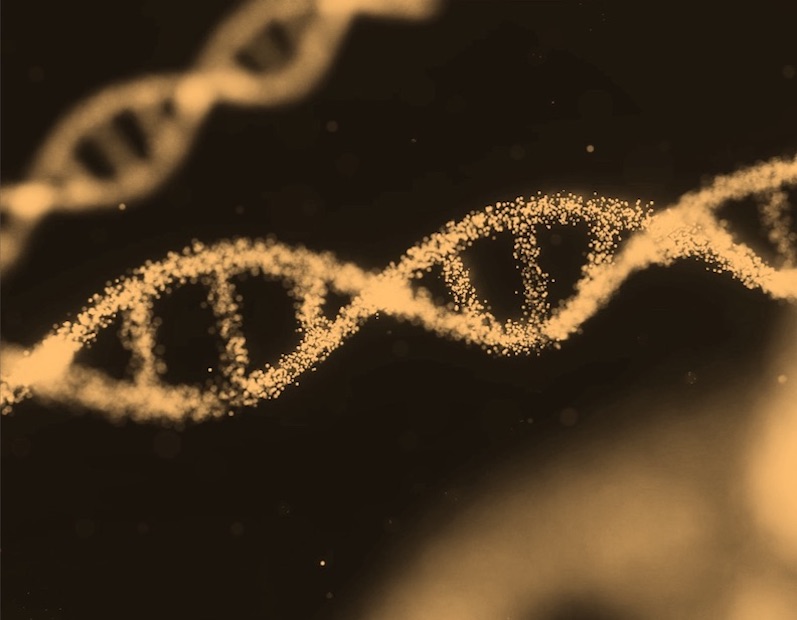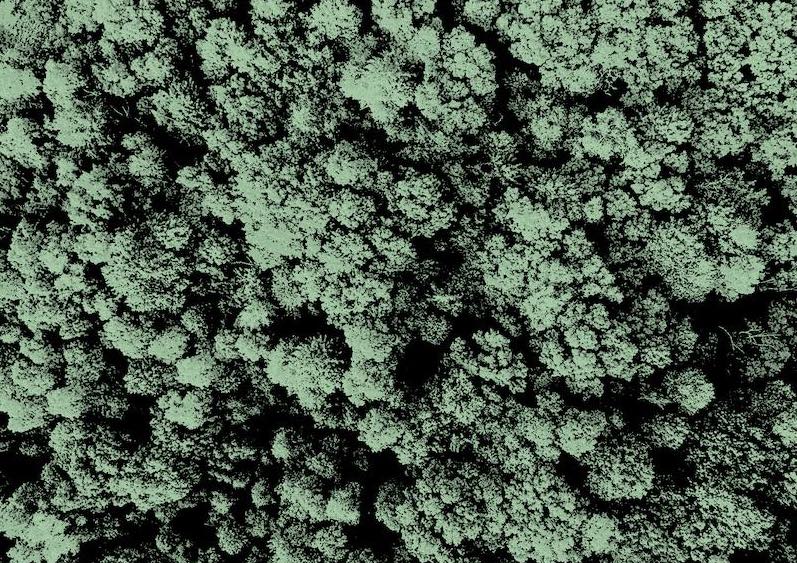What is it about?
The nonlinear logarithmic Schrödinger equation (log SE) appears in many branches of fundamental physics, ranging from macroscopic superfluids to quantum gravity. We consider here a model problem, in which the log SE includes an attractive Coulomb interaction. We derive an analytical solution for the ground state energy and wave function as a function of the strength of the logarithmic interaction. We develop an iterative finite element method to solve the Coulombic log SE for the spherically symmetric states. The ground state results agree with the exact solution to better than one part in 10¹⁰. The excited states (n>1) are converged to better than one part in 10⁸. We also construct a remarkably simple variational wave function, consisting of a sum of Gaussons with n free parameters. One can obtain an approximation to the energy and wave function that is in good agreement with the finite element results. Although the Coulomb problem is interesting in its own right, the iterative finite element method and the variational Gausson basis approach can be applied to any central force Hamiltonian.
Featured Image
Why is it important?
This shows that the Logarithmic Schrödinger Equation (LogSE) for a Coulomb 1/r potential has discrete states much like in the case of the Hydrogen atom. It is also found that linear combinations of solitons known as Gaussons can accurately model the lowest discrete states. The ground state itself has an exact solution in terms of a single Gausson.
Perspectives
This was done in the absence of angular momentum. It's a matter of generalizing the problem to the full 3D problem with non-zero angular momentum. This is done elsewhere.
Dr Tony Cyril Scott
RWTH-Aachen University
Read the Original
This page is a summary of: Solution of the logarithmic Schrödinger equation with a Coulomb potential, Journal of Physics Communications, July 2018, Institute of Physics Publishing,
DOI: 10.1088/2399-6528/aad302.
You can read the full text:
Resources
Contributors
The following have contributed to this page







